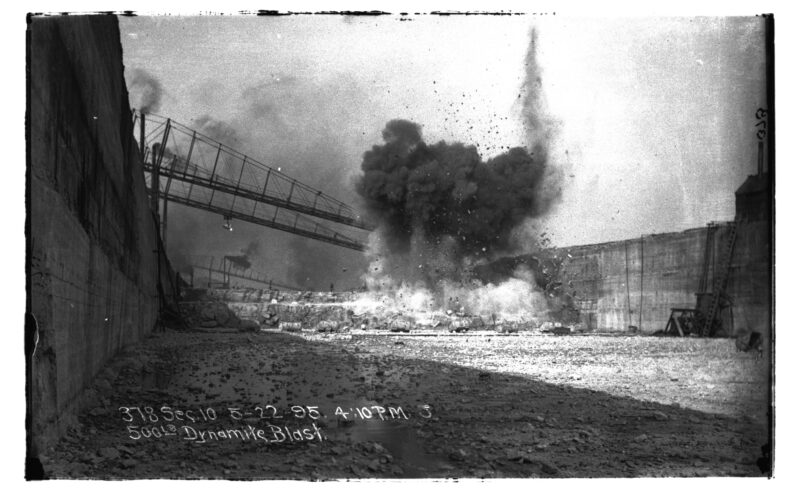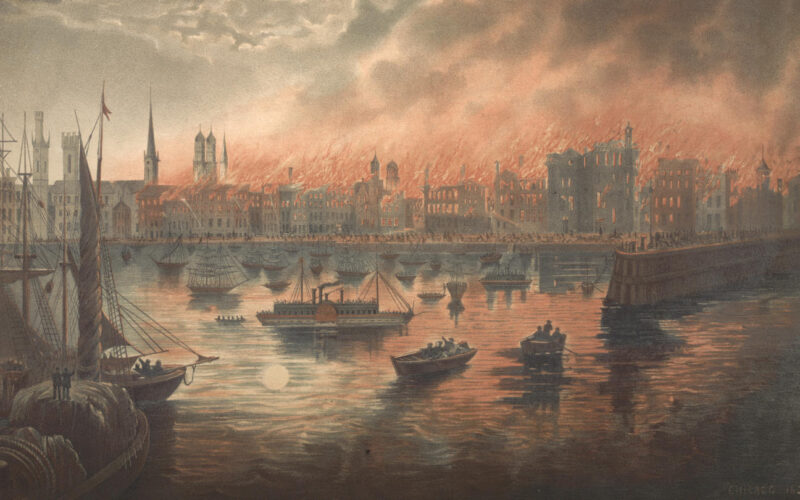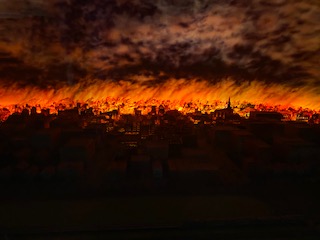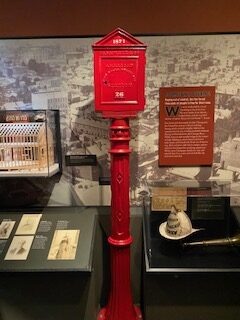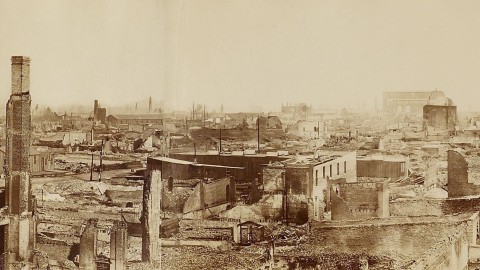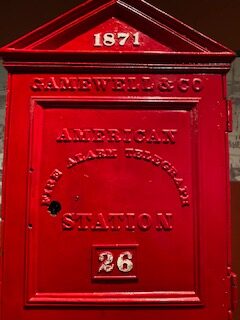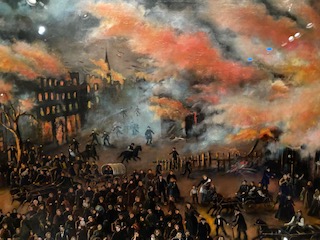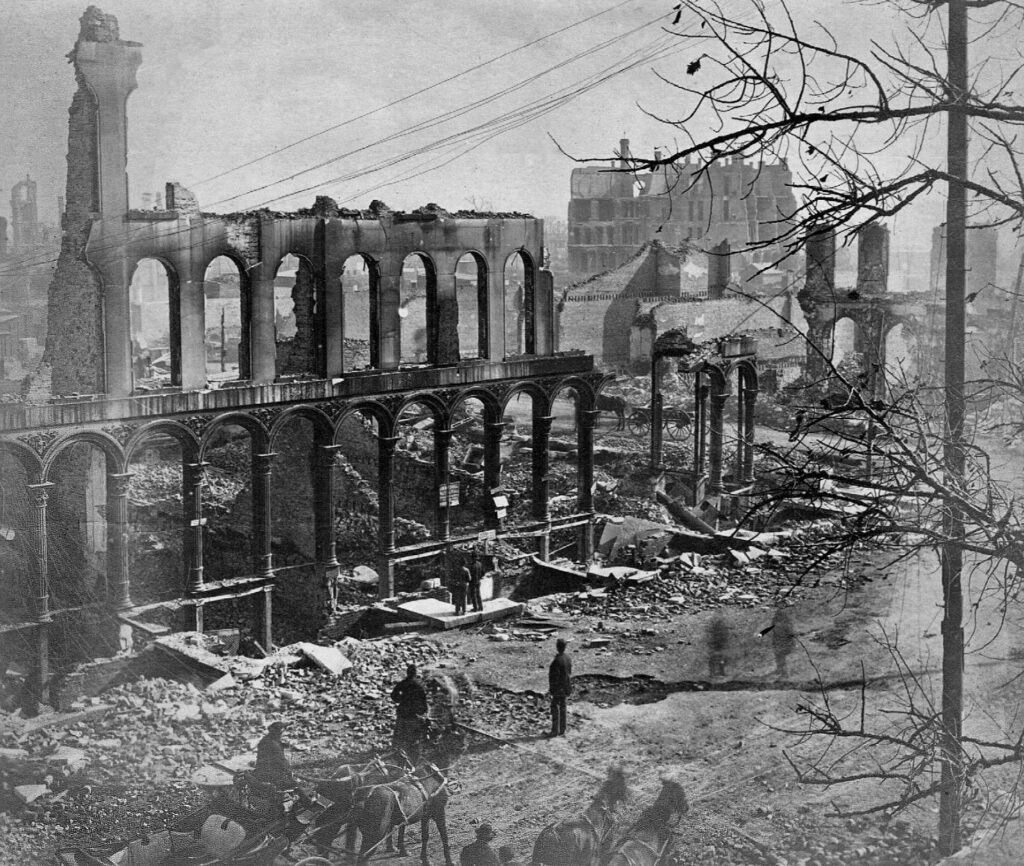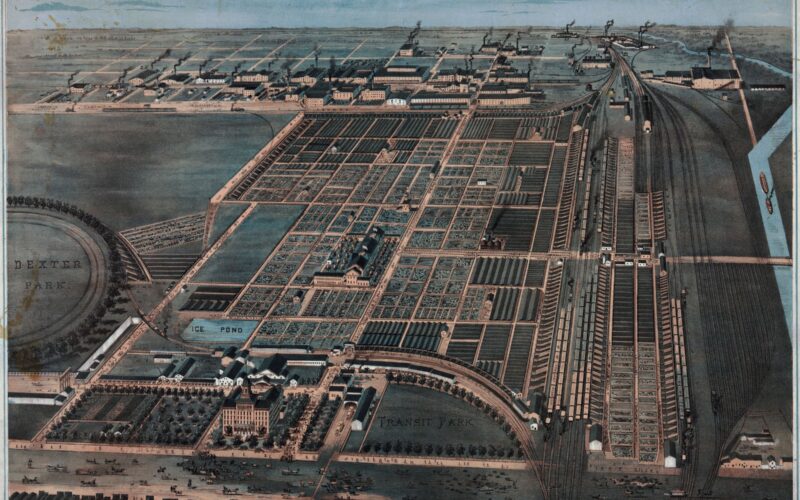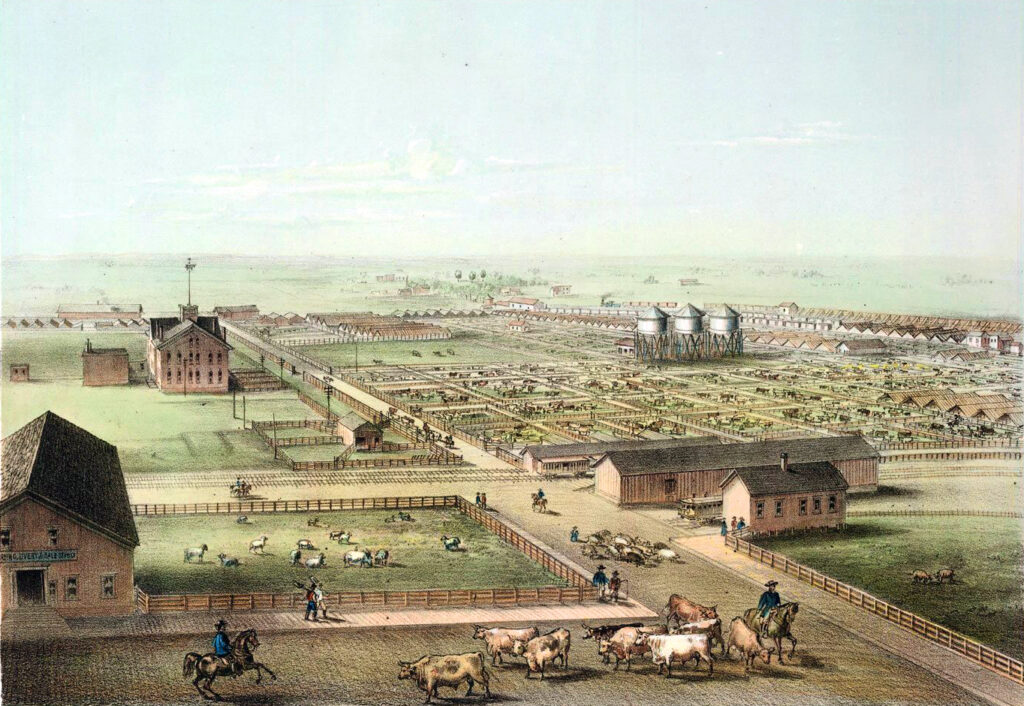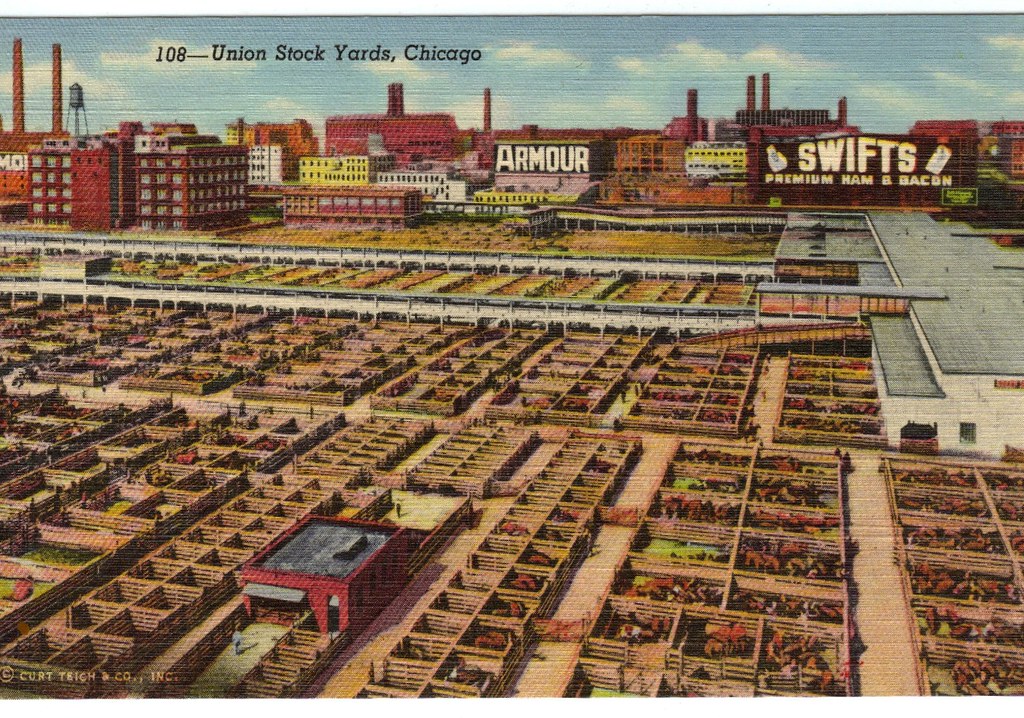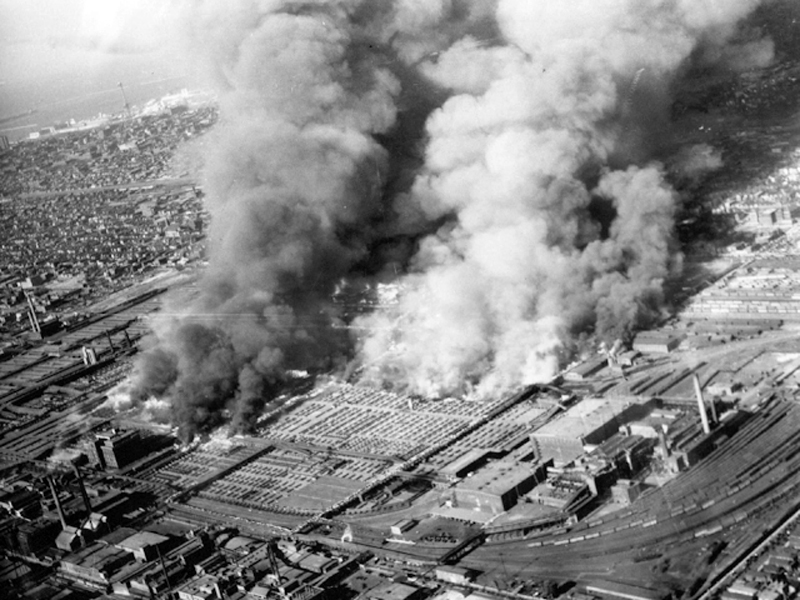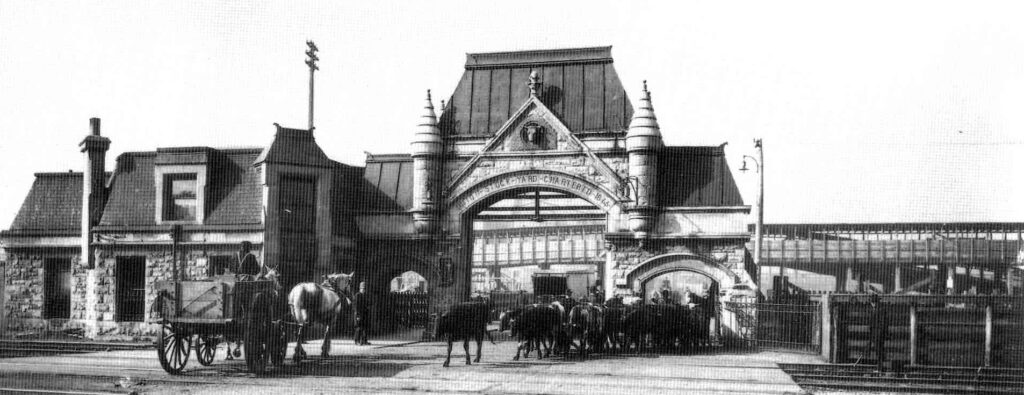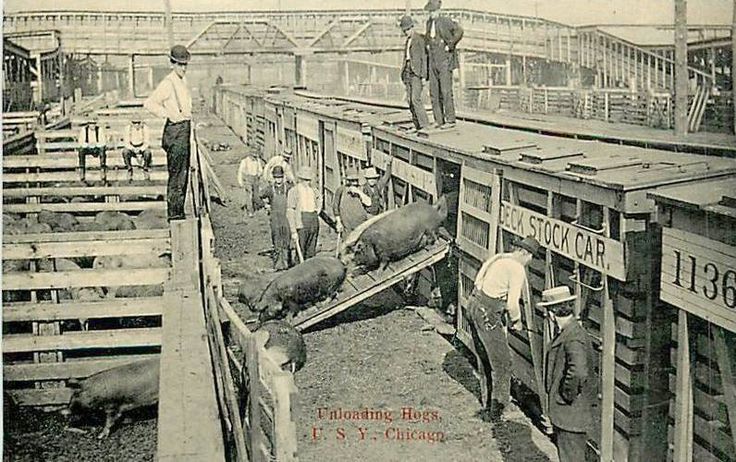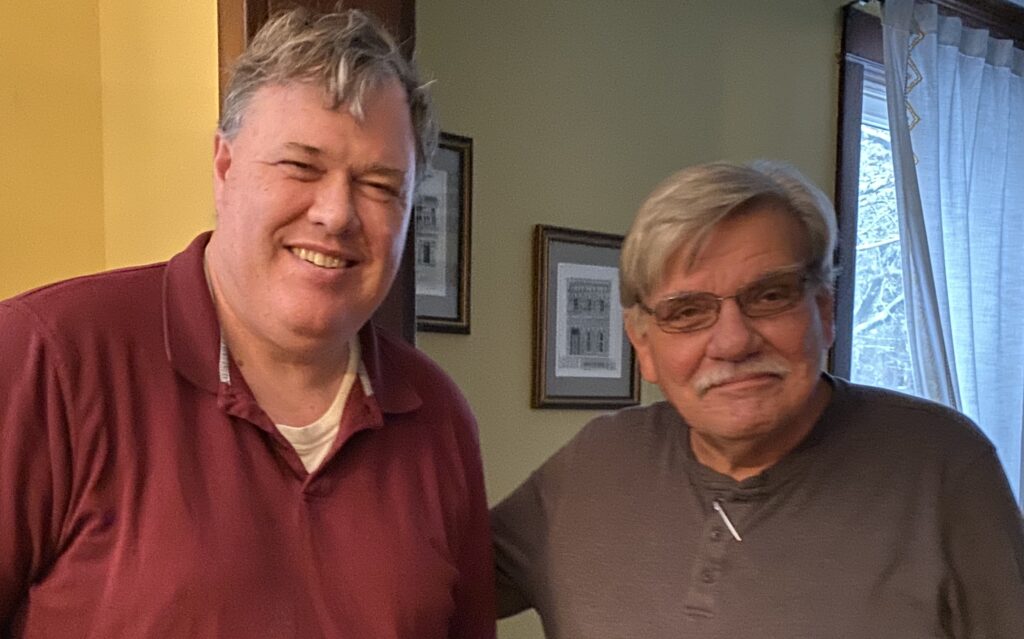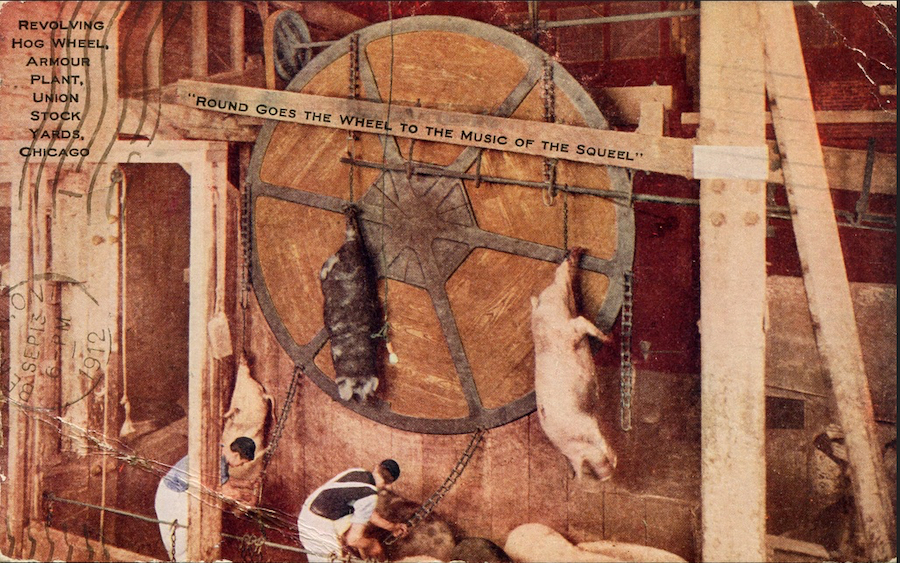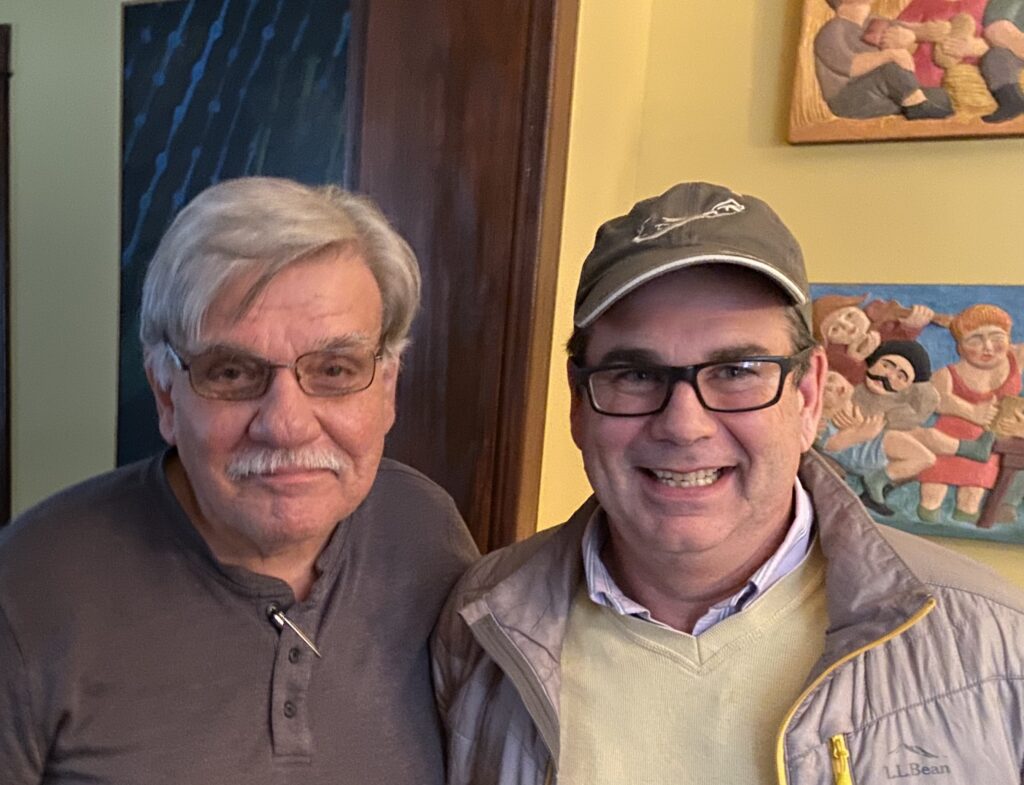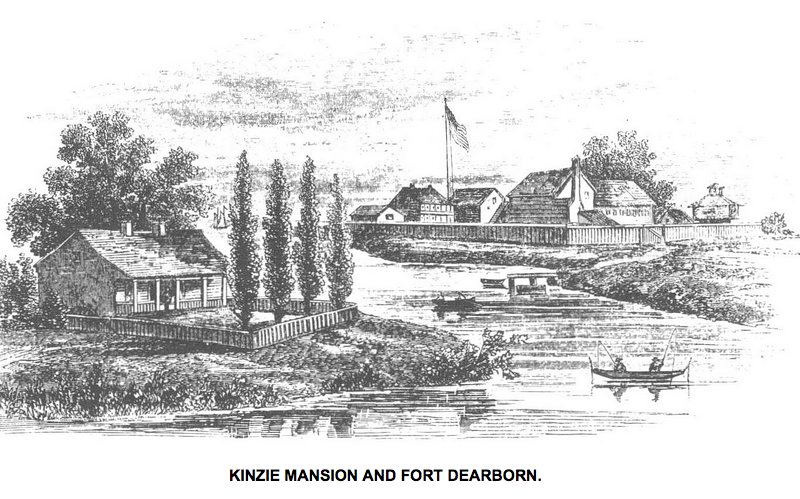Episode 23 – Reversing the Chicago River
Native Americans held great respect for natural systems while also managing the landscape to support their people and way of life. As “civilization” came to this area Chicago became a military outpost, village, city and metropolis and its residents were confronted with the elemental and reoccurring issue of controlling water — both fresh and waste water. Managing this cycle of use and renewal the city has over the decades repeatedly invested millions into various projects to drain the land, process waste, and modify the waterways for both sanitation and navigation. These major projects have included altering waterways, building canals, tunnels, and water works and treatment facilities to make the greater Chicago area livable and comfortable on a day-to-day basis for the millions of residents and annual visitors each year.
In this episode we will discuss how Chicago came to not only reverse the Y-shaped river running through its downtown, but also the precedents and solutions to regulate fresh water, sewage, flooding, and growing needs of the population. The Metropolitan Water Reclamation District (MWRD) formerly known as The Sanitary District was created in 1889 to manage the area’s water resources and was tasked with building the Sanitary & Ship Canal to protect Lake Michigan and our source for drinking water. Toward this end we speak with Dick Lanyon who is an author, historian and retired MWRD engineer to explain this amazing story of political power and engineering genius that created the evolving regional system of water management for Chicagoland.
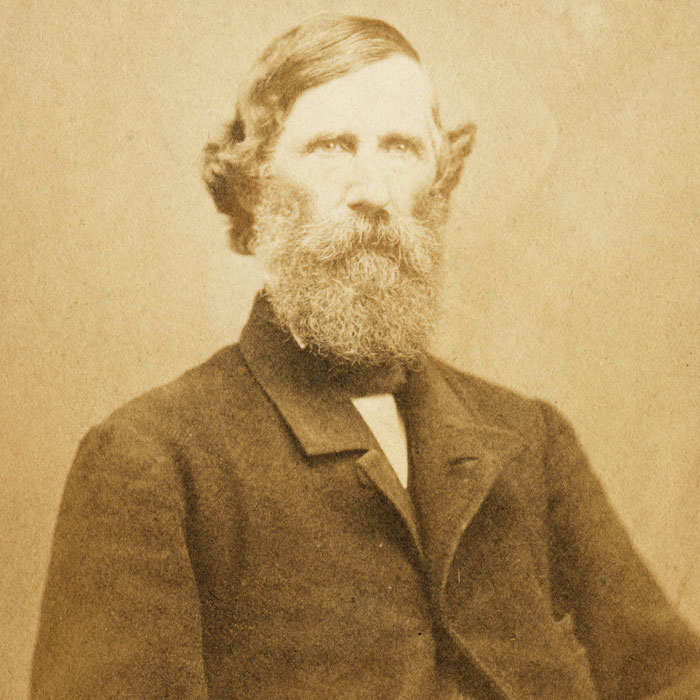
Ellis S. Chesbrough (1813-1886) 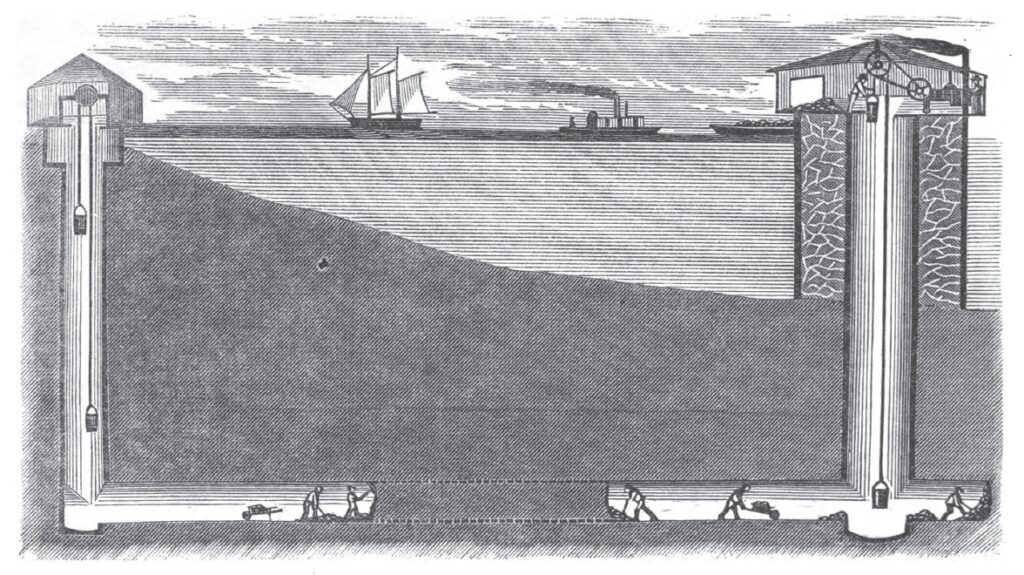
Drawing of building the water intake cribs in Chicago 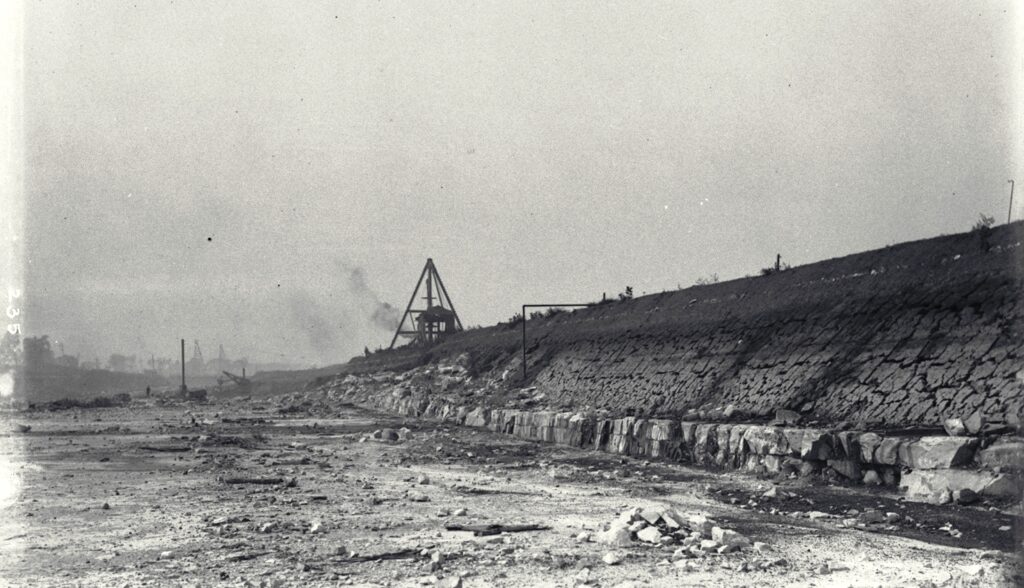
Digging of the Sanitary & Ship Canal 
Temporary dam on the South Fork of the Chicago River 
Work on the embankment 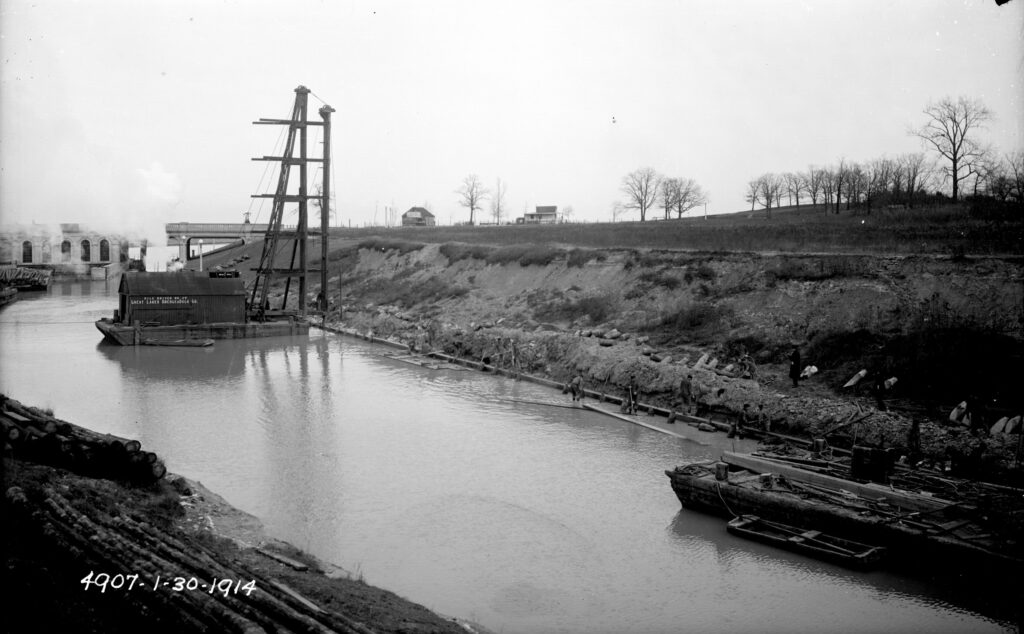
Work on shore pilings 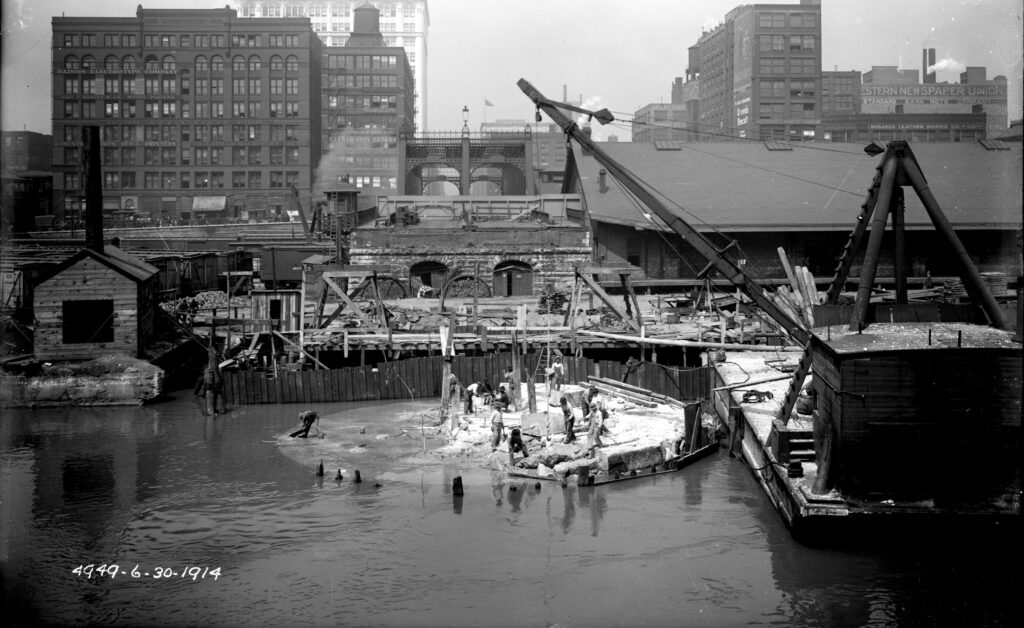
Removal of the center-pier of a swing bridge in the river 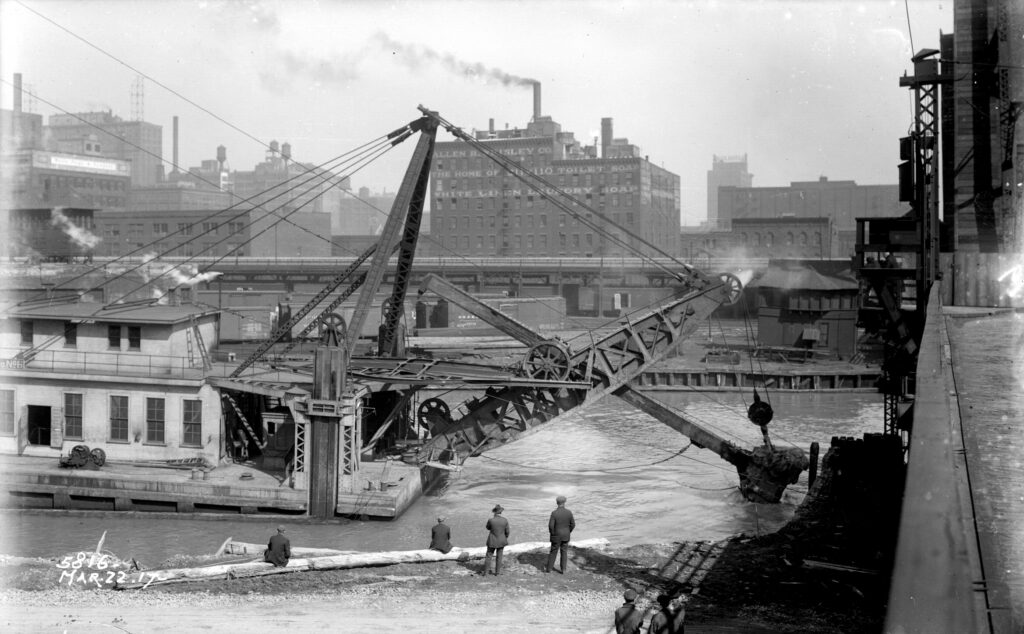
A dredge at work 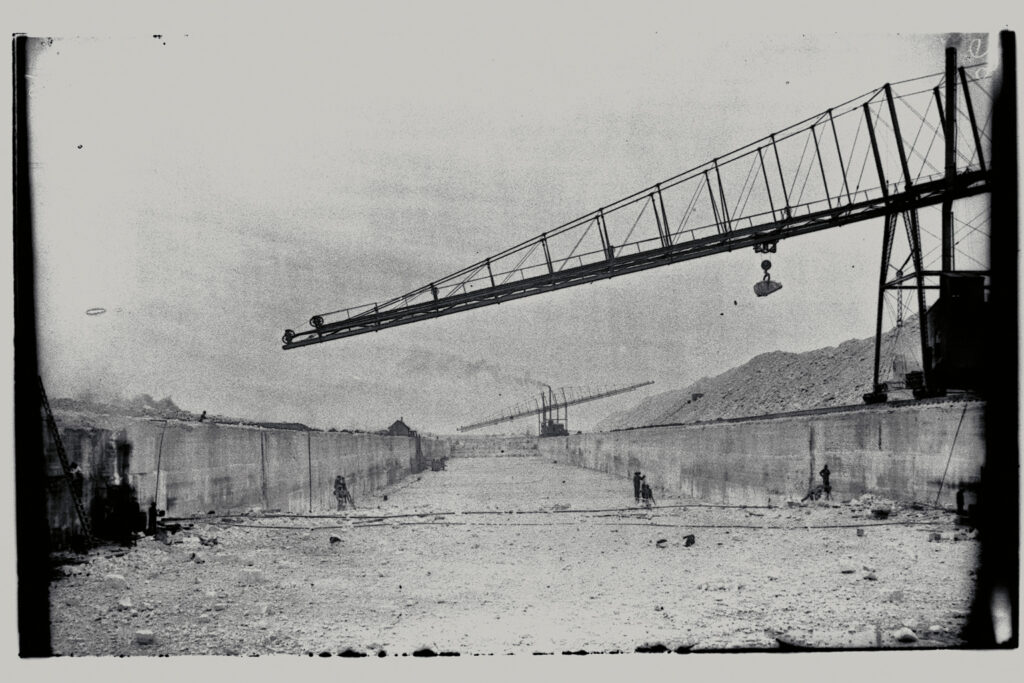
Work on a rock section of the Sanitary & Ship Canal 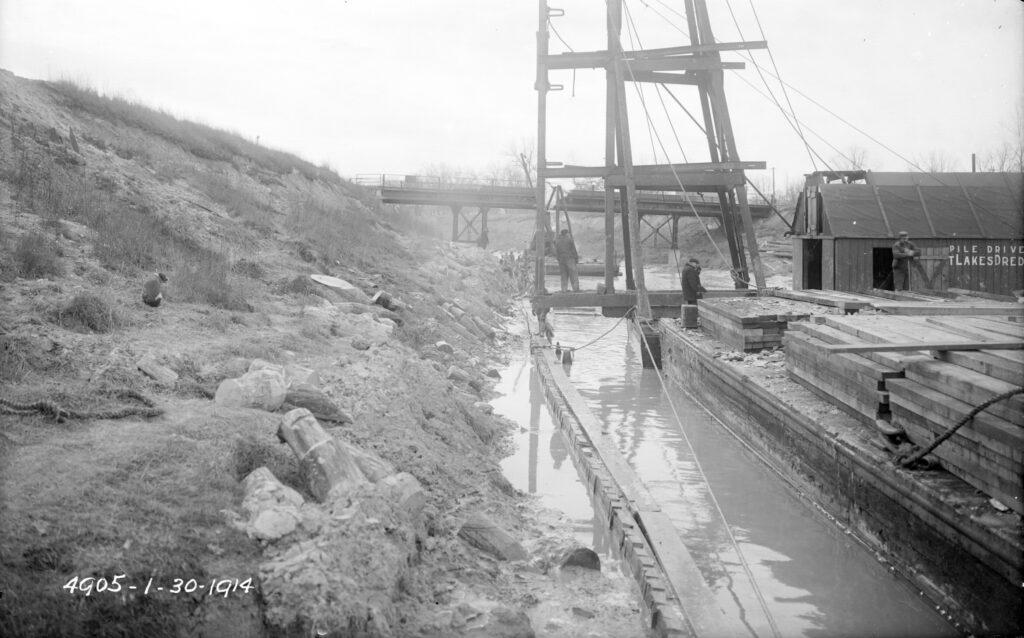
Canal work 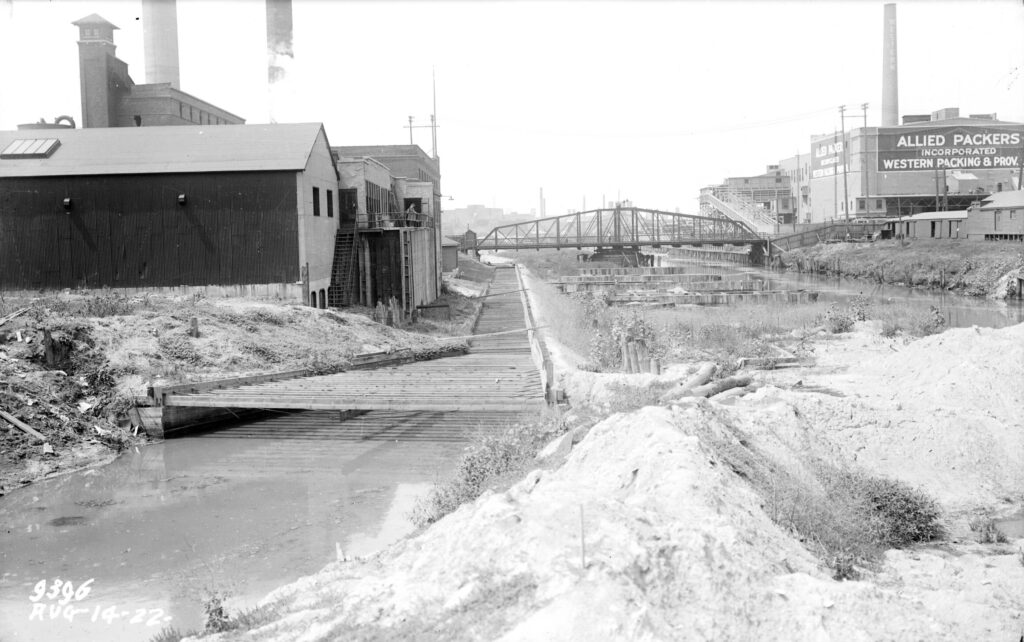
Preparing to fill in the canal near the stockyards 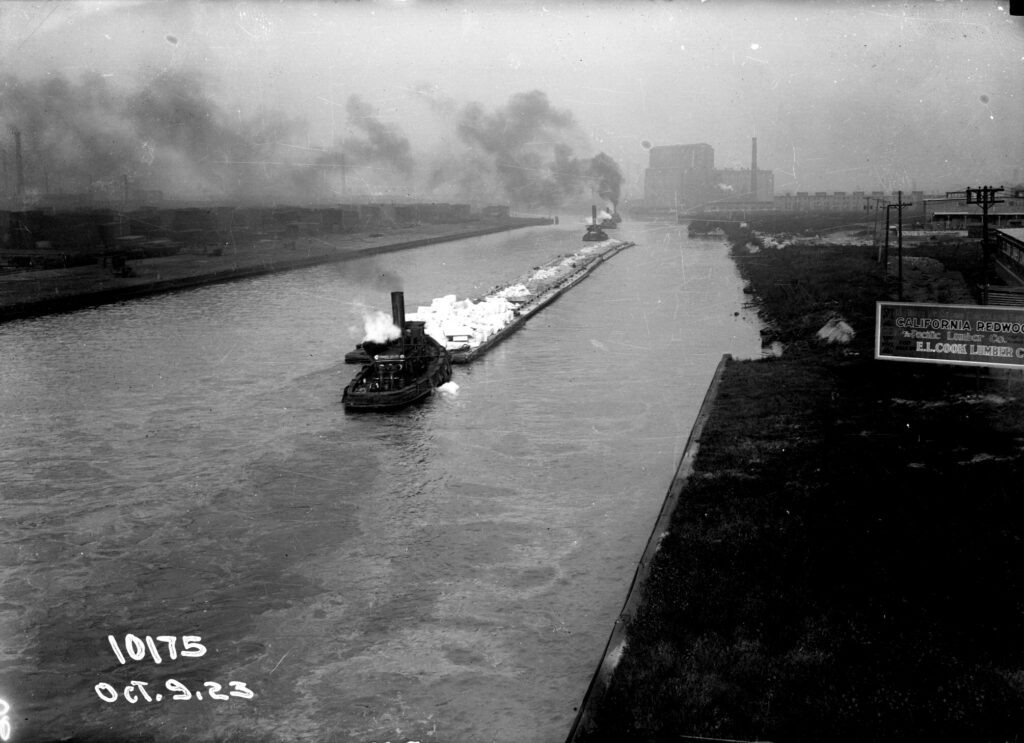
Towing barges on the canal 

Links to Research and Historic Sources:
- Books by retired MWRD engineer and historian Richard Lanyon
- History of the Metropolitan Water Reclamation District from their website
- Biography of engineer Elis S. Chesbrough from the ASCE website
- History of the Chicago Water Cribs from the Industrial History website posted Feb. 3, 2016

